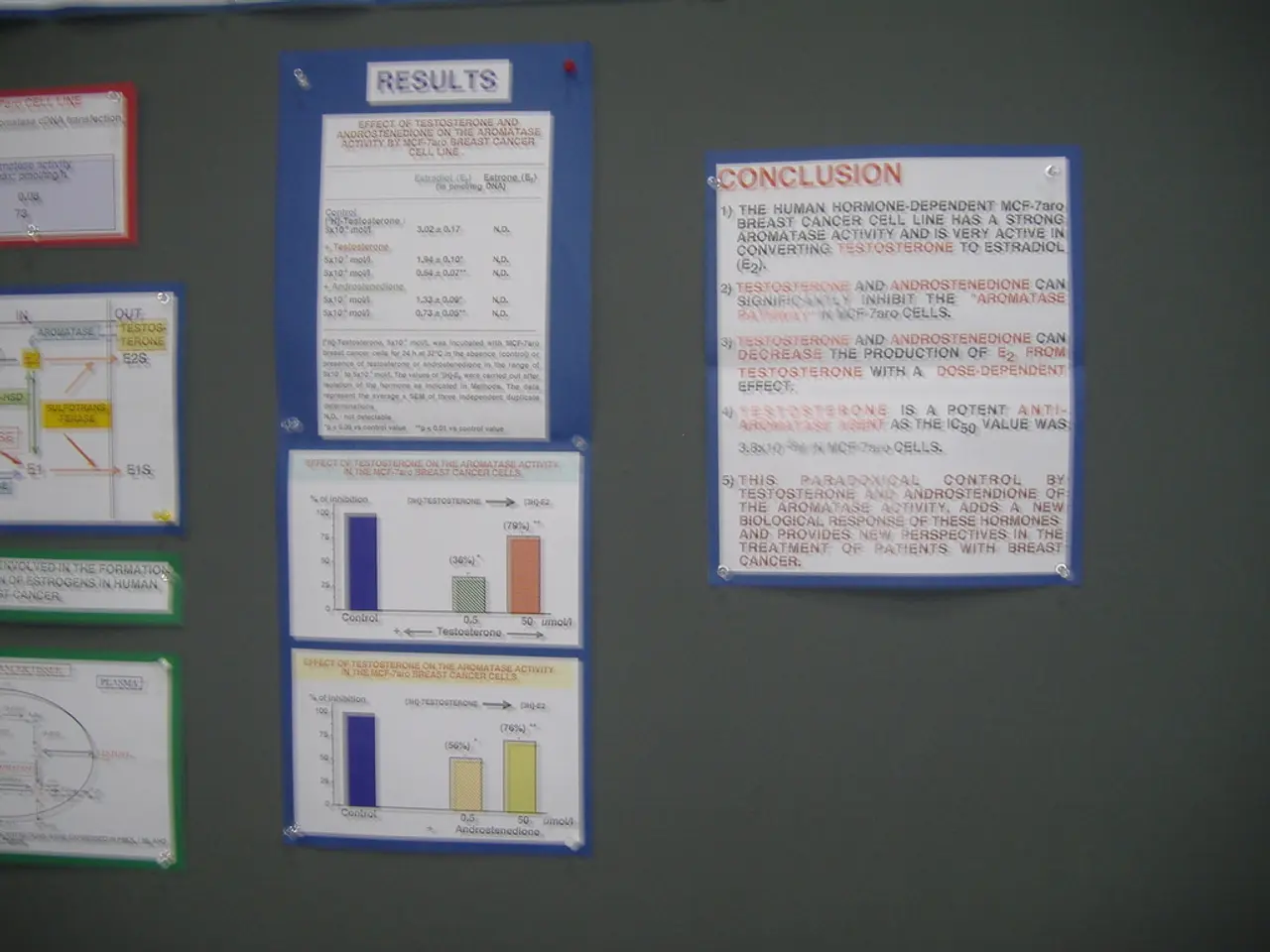BBVA chooses to proceed with the Sabadell bank, having evaluated the governmental terms associated with the acquisition.
BBVA's public tender offer for Banco Sabadell, one of Spain's largest banks, could significantly impact the country's economic growth and banking sector. The proposed merger aims to create a more competitive and innovative European bank, with increased lending capacity and operational scale.
**Enhanced Banking Scale and Lending Capacity:**
The merger of BBVA and Banco Sabadell could result in a combined entity with increased lending capacity, expected to provide an additional €5 billion annually to families and businesses[2]. This increased lending could directly stimulate economic activity and growth in Spain.
**Shareholder Value and Market Confidence:**
BBVA highlights that the transaction creates significant value for shareholders of both banks, boosting investor confidence in a stronger financial institution[2]. This value creation could encourage further investment and economic stability.
**Government-Imposed Conditions and Delayed Synergies:**
The Spanish government has authorised the takeover but imposed conditions requiring Banco Sabadell to remain a separate legal entity with operational autonomy for at least three years[1][2]. This condition delays the full integration and realization of synergies, potentially tempering immediate economic benefits but safeguarding jobs, businesses, and clients.
**Competitive Banking Sector and Strategic Position:**
By expanding BBVA's scale, the deal may improve the competitive positioning of Spanish banks in Europe, fostering innovation and resilience. This could lead to a more robust financial system to support Spain’s economic growth over the medium to long term[2].
**Defensive Market Moves and Sector Dynamics:**
The acquisition bid has prompted interest from competitors like Santander and Barclays in acquiring Banco Sabadell's UK unit TSB, highlighting a complex competitive dynamic. The outcome will influence Spain's banking landscape and cross-border operations, potentially affecting broader economic linkages[1].
**Operational Details:**
The exchange period for Sabadell shareholders to decide whether to sell their shares to BBVA will last a minimum of 15 days and could be extended to 30 days[3]. BBVA will update and publish all relevant information once it obtains the approval of the PTA prospectus by the CNMV[3].
Sabadell is finalising a strategic plan to be presented on July 24, coinciding with the first-half results, to convince its shareholders of the entity's potential as a standalone[4]. Sabadell may sell its British subsidiary, TSB, with Santander reportedly making a binding offer of £2.3 billion (around €2.6 billion) for TSB[5].
The operation is not expected to conclude in August and can be extended to a maximum of 70 days[6]. BBVA is analysing its options regarding the PTA following the Government's decision and has not ruled out either withdrawal or a judicial appeal[7].
In conclusion, BBVA's tender offer for Banco Sabadell has the potential to strengthen Spain's banking sector, increase lending capacity, and support overall economic growth. However, government-imposed operational separations are designed to mitigate risks, ensuring the acquisition’s benefits are balanced against financial sector stability and job protection[1][2][3].
The merger of BBVA and Banco Sabadell could potentially provide an average Spanish family or business with an additional €5 billion in lending annually, thereby stimulating economic growth.[2] This increased investment in the economy could also boost confidence among financial investors, potentially encouraging further financial stability.[2]






